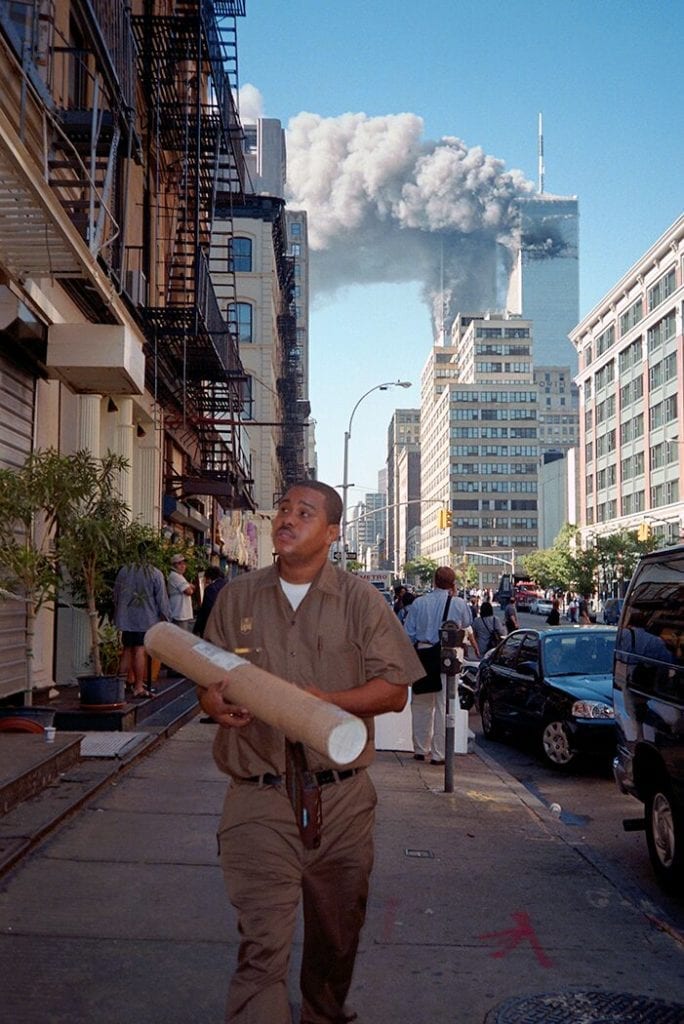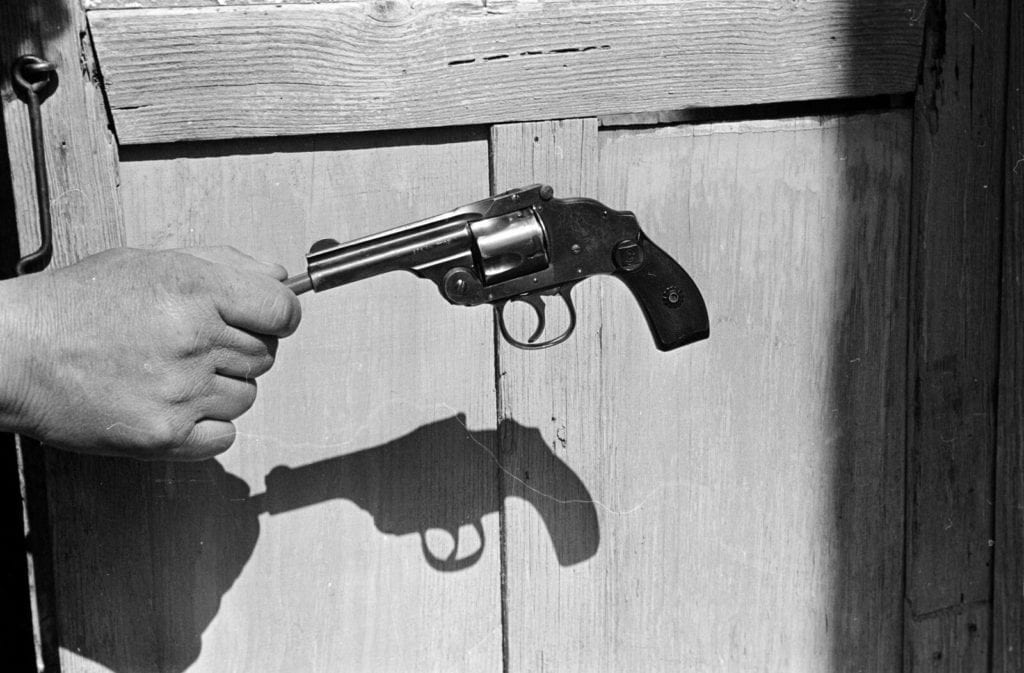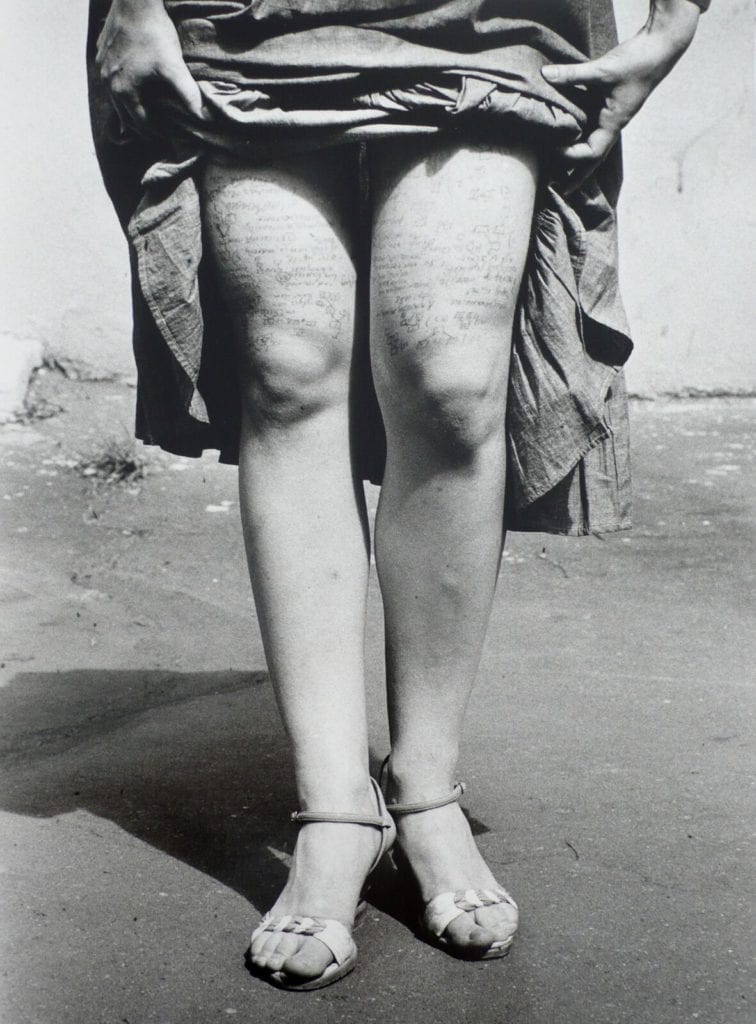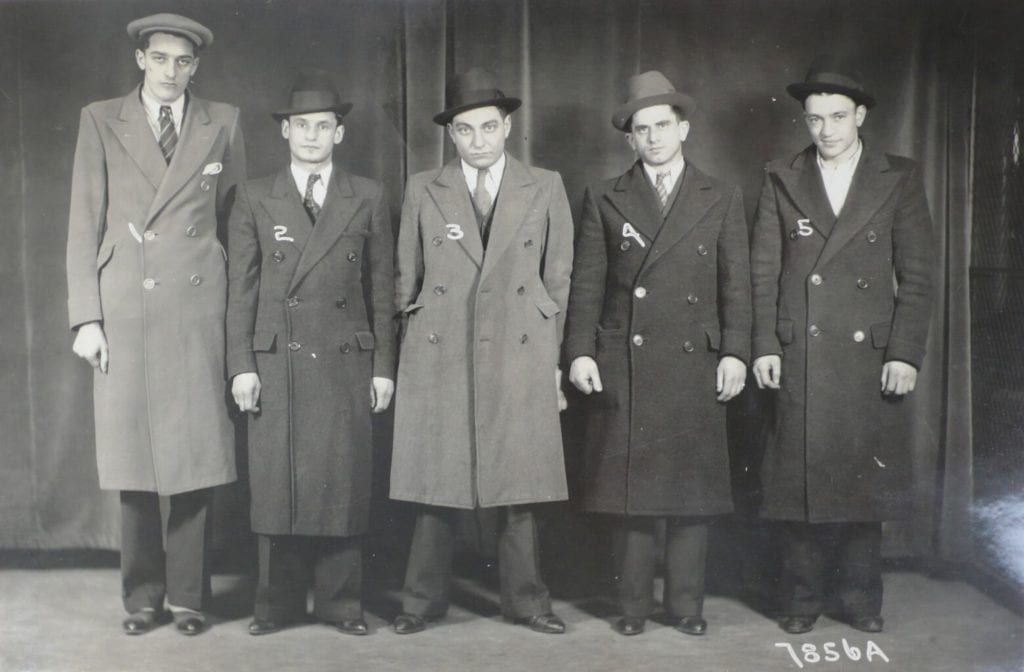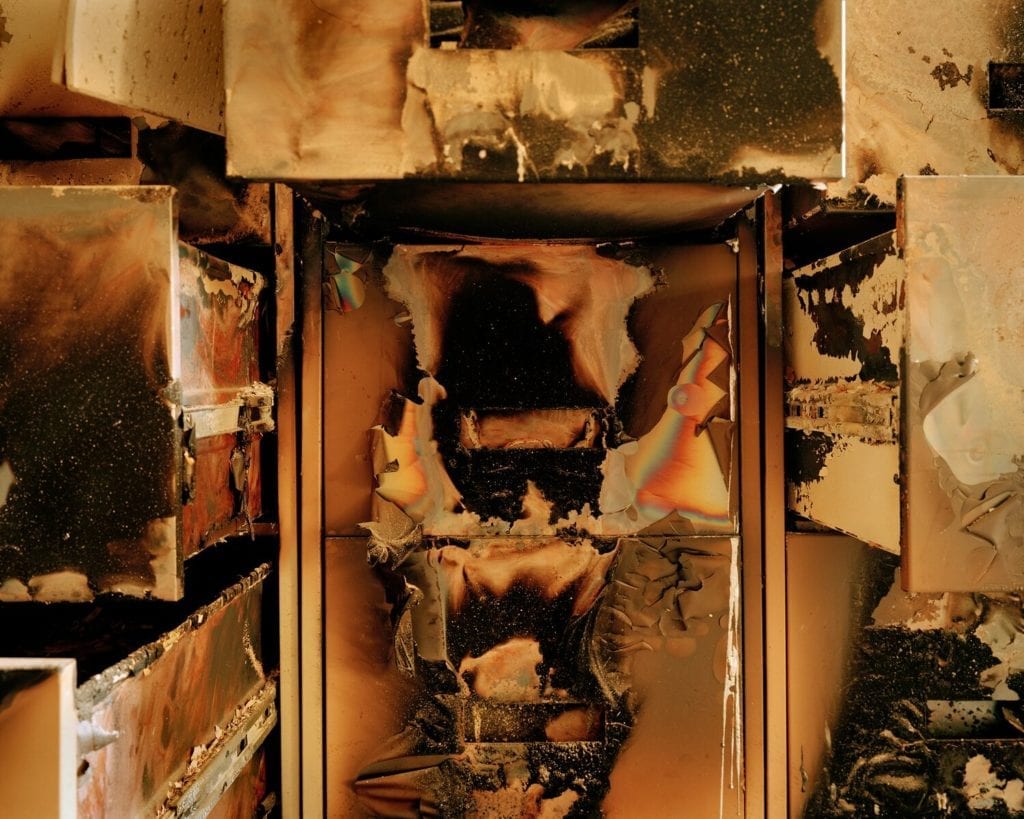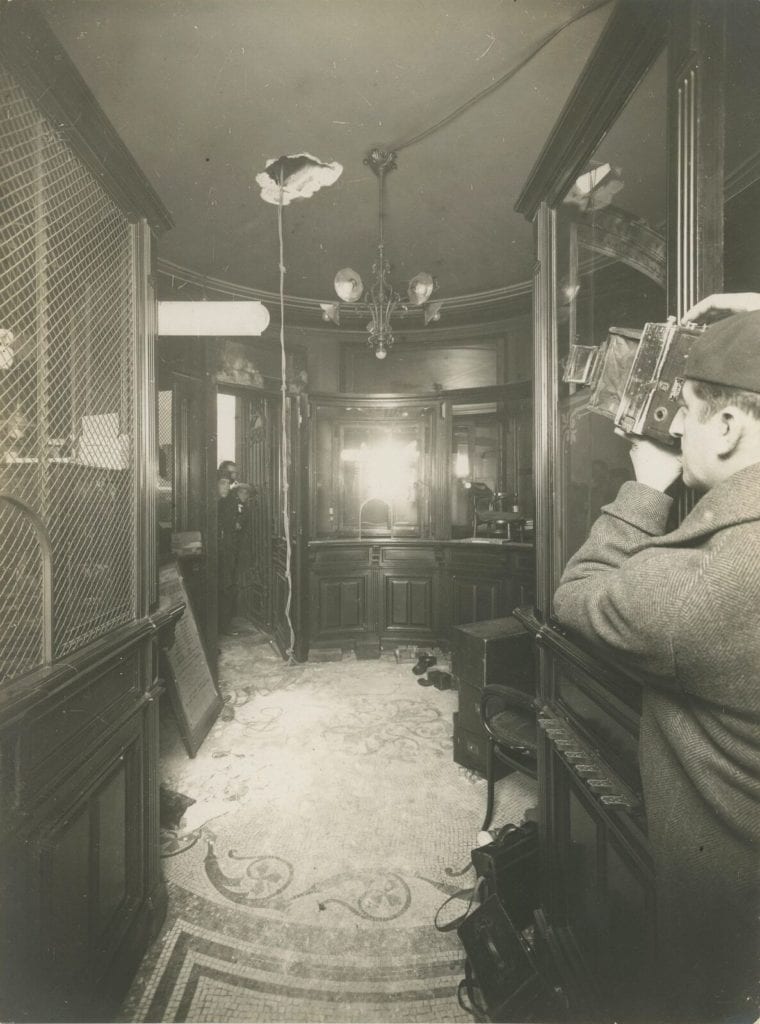What do photographs of 9/11, burnt filing cabinets and a police line-up all have in common?September 11th, New York, NY 2001 © Melanie Einzig Mexico City, ca. 1970. The murder weapon! A jealous husband shot his wife and then her lover. I included the shadow; it reminded me of scenes in gangster movies. © Enrique Metinides The Image as Question: An exploration of evidential photography , explores the long held fascination with all photography as a medium firmly grounded in the documentary tradition – how the camera record justifies, and how it incriminates.Cheat, the faculty of journalism of Moscow State University, 1984 © Valery Khristoforov One of a pair of American Police Identity line-up photographs, 1/5/1933 (with and without hats) Unknown Photographer Burnt filing cabinets, Iraqi National Archives, Baghdad, April, 2003 © Simon Norfolk Plutario Fassi (1901-) and Fausto Manfredi (1904-) burgled the Comptoir Lyon-Allemand in November 1933 by drilling into the ceiling. Theft by an anarchist pair. Unknown Photographer The Image as Question: An exploration of evidential photography is open 28 September – 26 November 2016 at the Michael Hoppen Gallery, London. For more information, go here .
